Growth in Health and Wellness Trends
The ongoing growth in health and wellness trends significantly impacts the Functional Ingredient Market. Consumers are increasingly prioritizing health, leading to a surge in demand for functional ingredients that offer health benefits. For instance, ingredients such as probiotics, omega-3 fatty acids, and antioxidants are gaining traction due to their perceived health advantages. Market analysis suggests that the health and wellness food sector is projected to grow at a compound annual growth rate of approximately 8% over the next five years. This growth is likely to drive innovation in the Functional Ingredient Market, as companies seek to develop new products that cater to health-conscious consumers. The integration of functional ingredients into everyday foods is expected to become a standard practice, further solidifying the market's expansion.
Rising Popularity of Functional Beverages
The rising popularity of functional beverages is a significant driver in the Functional Ingredient Market. Consumers are increasingly opting for beverages that offer health benefits, such as energy, hydration, and digestive support. This trend is evident in the growing market for functional drinks, which is projected to reach a valuation of over 200 billion dollars by 2026. Ingredients such as adaptogens, electrolytes, and herbal extracts are being incorporated into these beverages to cater to health-conscious consumers. The demand for functional beverages is likely to continue to rise, prompting manufacturers to innovate and expand their product lines. This shift not only reflects changing consumer preferences but also highlights the potential for growth within the Functional Ingredient Market.
Increasing Demand for Clean Label Products
The rising consumer preference for clean label products is a notable driver in the Functional Ingredient Market. Consumers are increasingly seeking transparency in food labeling, favoring products that contain natural and recognizable ingredients. This trend is reflected in market data, which indicates that over 60% of consumers are willing to pay more for products with clean labels. As a result, manufacturers are reformulating their products to include functional ingredients that align with this demand, such as natural preservatives and colorants. This shift not only enhances product appeal but also supports health-conscious choices among consumers. The emphasis on clean labels is likely to continue influencing the Functional Ingredient Market, as brands strive to meet evolving consumer expectations.
Expansion of E-commerce and Online Retailing
The expansion of e-commerce and online retailing is reshaping the distribution landscape of the Functional Ingredient Market. With the increasing reliance on online shopping, consumers are more inclined to purchase functional ingredients and related products through digital platforms. This shift is supported by data indicating that online sales of health and wellness products have surged, with e-commerce expected to account for a significant portion of total sales in the coming years. The convenience of online shopping, coupled with the ability to access a wider range of products, is likely to drive consumer engagement and purchasing behavior. As a result, manufacturers and retailers are focusing on enhancing their online presence and optimizing their digital marketing strategies to capture this growing segment. The rise of e-commerce is poised to be a crucial factor in the evolution of the Functional Ingredient Market.
Technological Advancements in Ingredient Processing
Technological advancements in ingredient processing are transforming the landscape of the Functional Ingredient Market. Innovations in extraction, encapsulation, and fermentation technologies are enabling manufacturers to enhance the efficacy and bioavailability of functional ingredients. For example, advancements in microencapsulation techniques allow for the targeted delivery of nutrients, improving their effectiveness in food products. This technological evolution not only enhances product quality but also supports the development of novel functional ingredients that meet specific consumer needs. As a result, the market is witnessing an influx of innovative products that leverage these advancements, potentially leading to increased consumer interest and market growth. The integration of technology in ingredient processing is likely to remain a key driver in the Functional Ingredient Market.


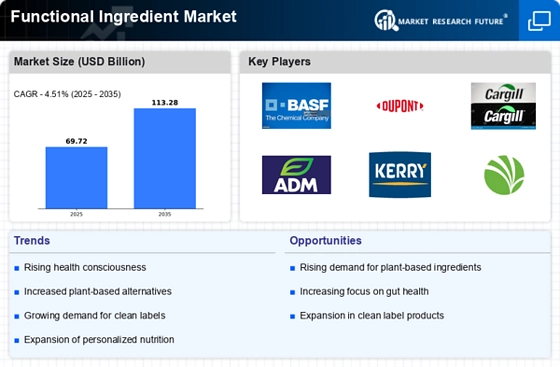
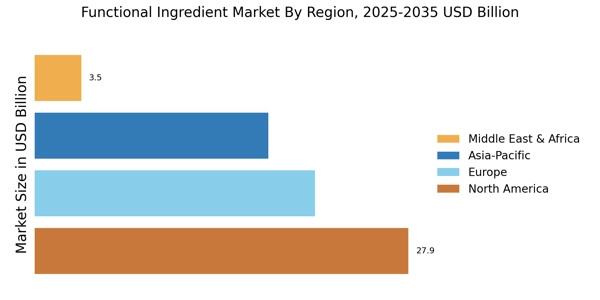
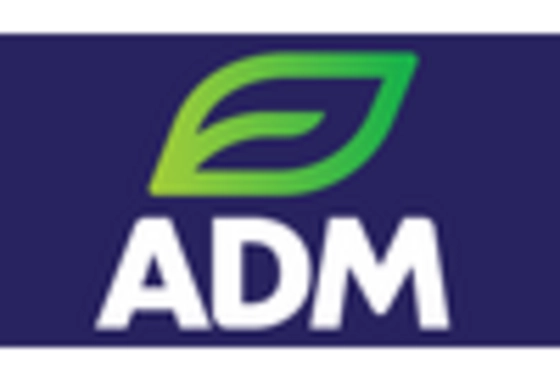

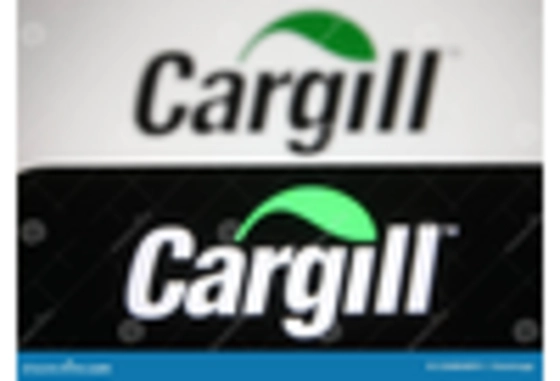


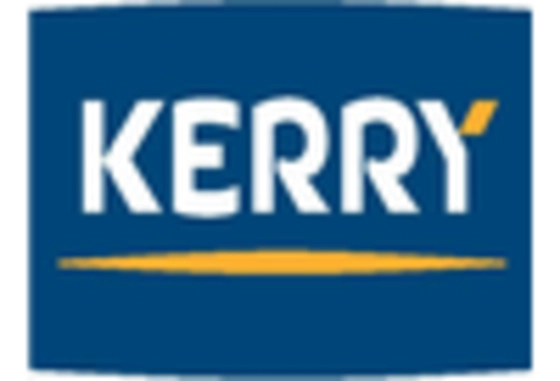








Leave a Comment